 Drying Technology
Drying Technology
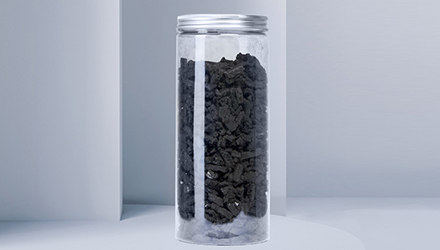
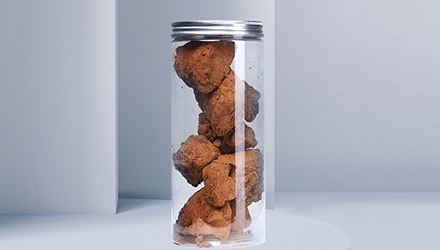
Electroplating sludge mainly comes from the solid waste generated by various electroplating waste liquids and electrolytic bath liquids of industrial electroplating plants after liquid phase chemical treatment. Due to the different production processes and treatment processes of electroplating manufacturers, the chemical composition of electroplating sludge is quite complex, mainly containing chromium, iron, nickel, copper, zinc and other heavy metal compounds and soluble salts.
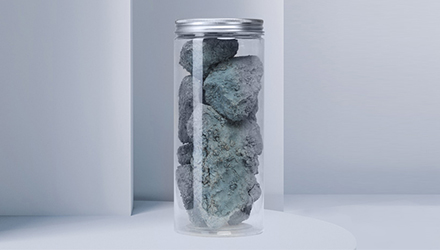
The main process units include: industrial park sewage treatment, pending sludge drying reduction, dry sludge Utilization of blending by thermal power plant, industrial park production heat supply, dryer heat source recycle and reuse as well as other process, which formed an industrial chain that has the characteristics of circular economy and can be replicated and promoted, known as Sludge Treatment Demonstration Base in FOSHAN city. This project was rated as "Excellent Case of Chinese Sludge Treatment and Disposal in 2018-2019" by China Water Network.
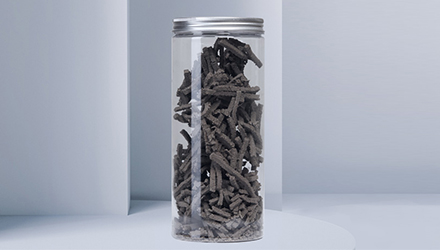
Industry Status:
The input of raw materials is large, but the output ratio is small.
Pollution is relatively prominent and has been emphasized by the national environmental protection plan. One of the 12 industries governed by the point of governance.
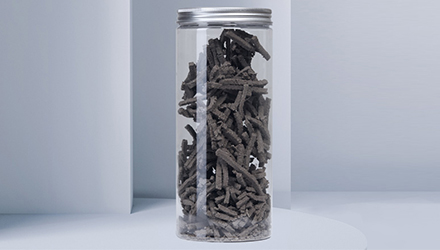
Chemical Sludge Property Description:
1. Sludge dewatering method:plate and frame filter press;
2. Moisture before drying:60.53%;
3. Color of wet sludge:dark red;
4. Smell description:no odor;
5. Shape: cake, rock
6. Hand feel: soft. Need to smash before slitting.
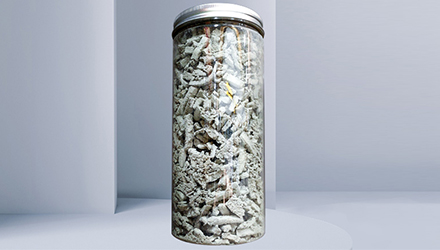
Overview of leather sludge:
There are two types of leather sludge, one is sludge such as leather shavings and minced meat, which can be handed over to the gelatin factory for disposal and must not enter the food chain. The other is the sludge obtained after treatment of tannery wastewater. Biochemical sludge with low chromium content and high-concentration chromium sludge obtained by alkaline precipitation.